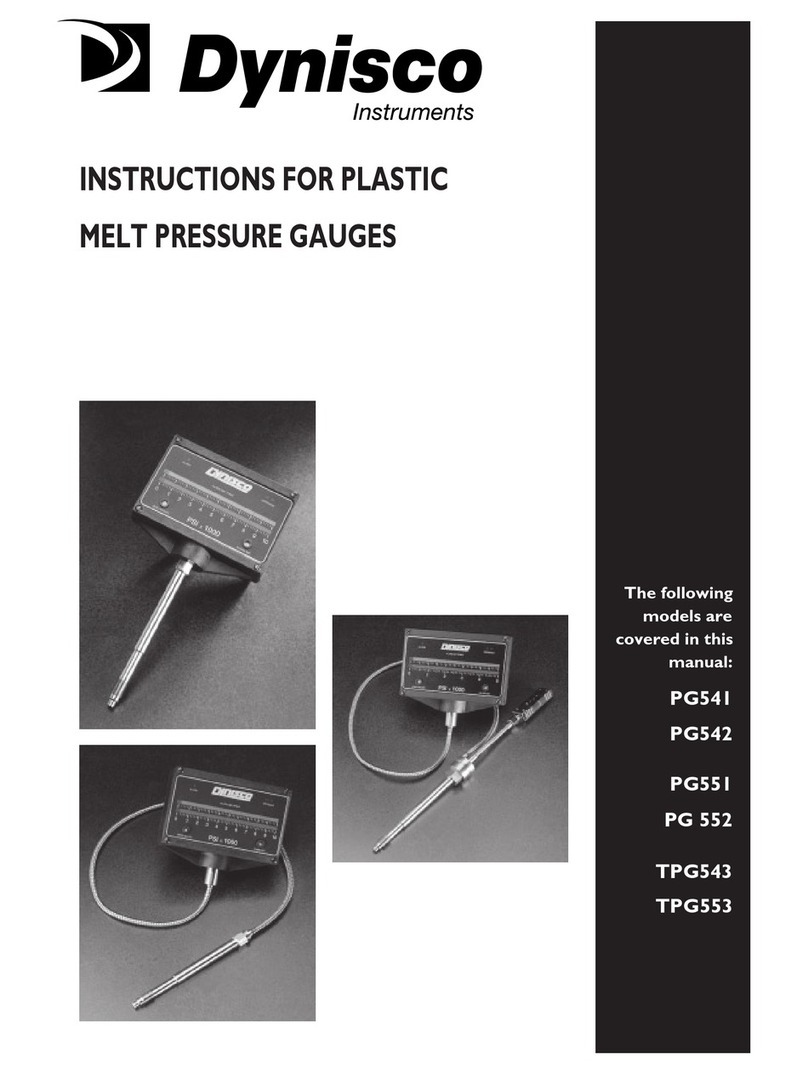
2
TABLE OF CONTENTS
1.0 QUICK START INSTRUCTION.......................................................................................3
1.1 Mounting ...................................................................................................................... 3
1.2 Wiring .......................................................................................................................... 3
1.3 Scaling ......................................................................................................................... 4
1.4 Instrument Configuration ............................................................................................ 5
2.0 INTRODUCTION.............................................................................................................6
2.1 Important Information................................................................................................... 6
2.2 Copyright ..................................................................................................................... 6
2.3 Abbreviations .............................................................................................................. 6
2.4 Features ..................................................................................................................... 6
2.5 User’s Obligations........................................................................................................ 6
3.0 NOTES ON SAFETY.......................................................................................................7
4.0 TECHNICAL DATA .........................................................................................................8
4.1 Ordering Guide ............................................................................................................ 8
4.2 Specifications............................................................................................................... 8
4.2.1 General ..................................................................................................................... 8
4.2.2 Linear Input specifications ........................................................................................ 9
4.2.3 Special Features..................................................................................................... 10
4.2.4 Alarms .................................................................................................................... 10
4.2.5 Serial Communications Interface ............................................................................ 11
4.2.6 Analog Retransmission........................................................................................... 11
4.2.7 Logic Input .............................................................................................................. 11
5.0 DESCRIPTION..............................................................................................................12
6.0 TRANSPORT & DELIVERY ..........................................................................................13
7.0 INSTALLATION.............................................................................................................14
8.0 START-UP ....................................................................................................................15
9.0 TROUBLESHOOTING & ERROR MESSAGES ............................................................26
10.0 CE DECLATION OF CONFORMATY .........................................................................29
11.0 MODBUS & JBUS COMMUNICATIONS.....................................................................30
12.0 WARRANTY & SERVICE............................................................................................44





























